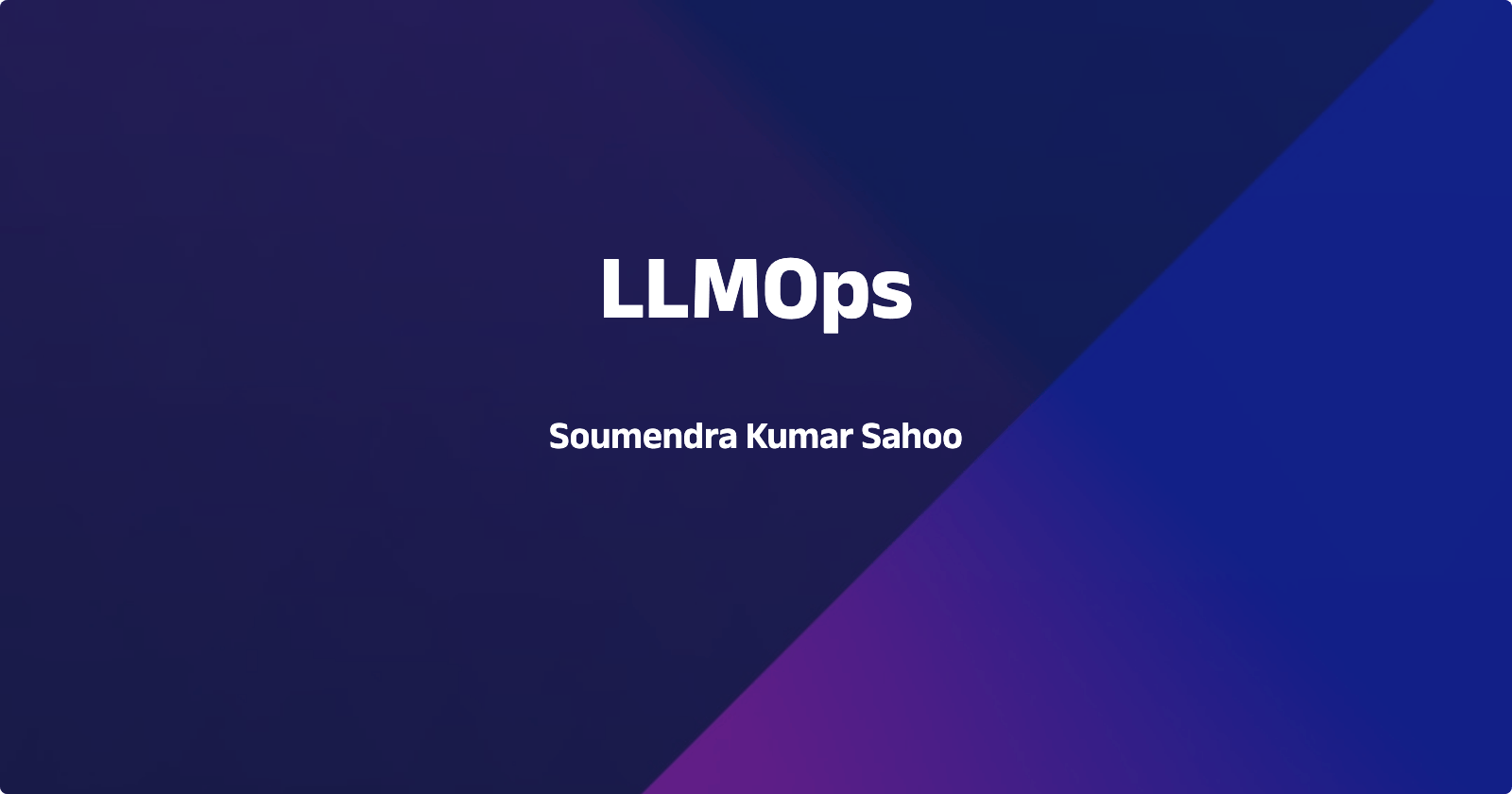DevOps
DevOps Developer Operations is a cultural and professional movement that emphasizes collaboration and communication between software developers and other IT professionals while automating the process of software delivery and infrastructure changes [1].
It aims to help organizations produce software and IT services more rapidly, with frequent iterations[7][10].
DevOps integrates developers and operations teams to improve collaboration and productivity by automating workflows and continuously measuring application performance.
It's about removing the barriers between traditionally siloed teams, development, and operations[4].
MLOps
MLOps, or Machine Learning Operations, is a set of practices that aims to deploy and maintain machine learning models in production reliably and efficiently.
The goal is to streamline the end-to-end machine learning development process, allowing data teams to experiment, deploy, and monitor models more effectively[8].
MLOps is considered an extension of DevOps principles to the machine learning lifecycle, covering everything from data preparation and model training to deployment and monitoring [5].
LLMOps
LLMOps, or Large Language Model Operations, is a specialized subset of MLOps that focuses on the unique challenges of deploying and maintaining large language models (LLMs) like GPT-4 or Claude[3].
While LLMOps can be considered a subset of MLOps (Machine Learning Operations), there are critical differences between the two, primarily due to the differences in building AI products with classical ML models and LLMs.
In LLMOps, an already pre-trained model is used. However, in MLOps, all models (except Computer Vision) are trained from scratch.
Choosing a stable foundation model (base LLM) is crucial for LLMOps.
Here is a detailed difference between these two based on tasks [4]
| Task | MLOps | LLMOps |
| Primary focus | Developing and deploying machine-learning models. | Specifically focused on LLMs. |
| Model adaptation | If employed, it typically focuses on transfer learning and retraining. | Centers on fine-tuning pre-trained models like GPT-3.5 with efficient methods and enhancing model performance through prompt engineering and retrieval augmented generation (RAG). |
| Model evaluation | Evaluation relies on well-defined performance metrics. | Evaluating text quality and response accuracy often requires human feedback due to the complexity of language understanding (e.g., using techniques like RLHF.) |
| Model management | Teams typically manage their models, including versioning and metadata. | Models are often externally hosted and accessed via APIs. |
| Deployment | Deploy models through pipelines, typically involving feature stores and containerization. | Models are part of chains and agents, supported by specialized tools like vector databases. |
| Monitoring | Monitor model performance for data drift and model degradation, often using automated monitoring tools. | Expands traditional monitoring to include prompt-response efficacy, context relevance, hallucination detection, and security against prompt injection threats. |
These complex models require significant resources, making their operationalization a distinct field within AI operations[6].
LLMOps involves managing the entire lifecycle of LLMs, including development, deployment, monitoring, and governance, focusing on efficiency, scalability, and reliability[9][12].
LLMOps is essential for ensuring that LLMs are deployed and managed consistently and reliably, which is particularly important given that LLMs are often used in critical applications, such as customer service chatbots and medical diagnosis systems.
Challenges in LLMOps
Despite its benefits, implementing LLMOps is not without challenges. These include data privacy and security concerns, contextual limitations, infrastructure optimization, and LLM evaluation.
As LLMs evolve rapidly, companies face challenges in versioning, non-regression testing, and dealing with concept and data drift. Moreover, the computational resources required for LLMOps can be significant, making cost planning and optimization a critical aspect of the process.
Without a structured and managed approach to incorporating LLMs into applications, estimating future costs becomes complex and uncertain.
Stages in LLMOps
There are various stages in LLMOps:
Model selection phase
In this phase, you need to select the LLM.Proprietary models like GPT and Claude
Open-source models like LLaMA2, Flacon, and Mistral or
Self-fine-tuning models on top of any of the above two categories of models.
Adaptation phase
Fine-Tuning → Make LLM expert on a specific domain/topic
Prompting
Re-Training
RLHF or RLAIF, or DPO
RAG
Evaluation
Deployment
Model distillation, Pruning, Quantization, or similar variants
Model Quantization
bitsnadbytes → Fine Tuning
GPTQ → Generation
The process to get better-merged models
Quantize the base model using bitsandbytes
Add and fine-tune the adapters
Merge the trained adapters on top of the base model or the dequantized model.
Quantize the merged model using GPTQ and use it for deployment
Data Privacy
Monitoring
Best practices for LLMOps
Several best practices have been identified to overcome these challenges and ensure the successful adoption of LLMOps:
Data Management and Security: Robust data management and stringent security practices are essential, given the critical role of data in LLM training.
Model Lifecycle Management: This involves versioning models and datasets, automated testing, continuous integration and deployment of models, and monitoring model performance.
Efficient Resource Allocation: LLMOps ensure access to suitable hardware resources for efficient fine-tuning while monitoring and managing resource allocation.
Evaluation: LLMOps tools can be used for LLM-based application evaluation, offering a concise and straightforward assessment of your LLM application’s performance and determining its deployability.
Continuous Improvement: Regular evaluation is essential for maintaining the LLM’s performance over time, as it can be used to compare different versions or iterations of the model.
Future of LLMOps
The future of LLMOps looks promising as more and more enterprises recognize the value of LLMs and the need for efficient practices to manage them. As LLMs grow in scale and capability, they drive the generative AI market towards unprecedented growth, expected to reach $51.8 billion by 2028 [25].
Mastering LLMOps will ultimately enable organizations to create cutting-edge AI solutions and open up new opportunities for innovation. As the discipline continues to evolve, it will be exciting to see how it shapes the future of AI and machine learning.
To summarize, DevOps, MLOps, and LLMOps are three approaches to enhance the speed, efficiency, and dependability of software and services. DevOps is a methodology that focuses on overall IT and software development, while MLOps is designed to optimize machine learning models. LLMOps, on the other hand, specializes in managing large language models within the AI field.

